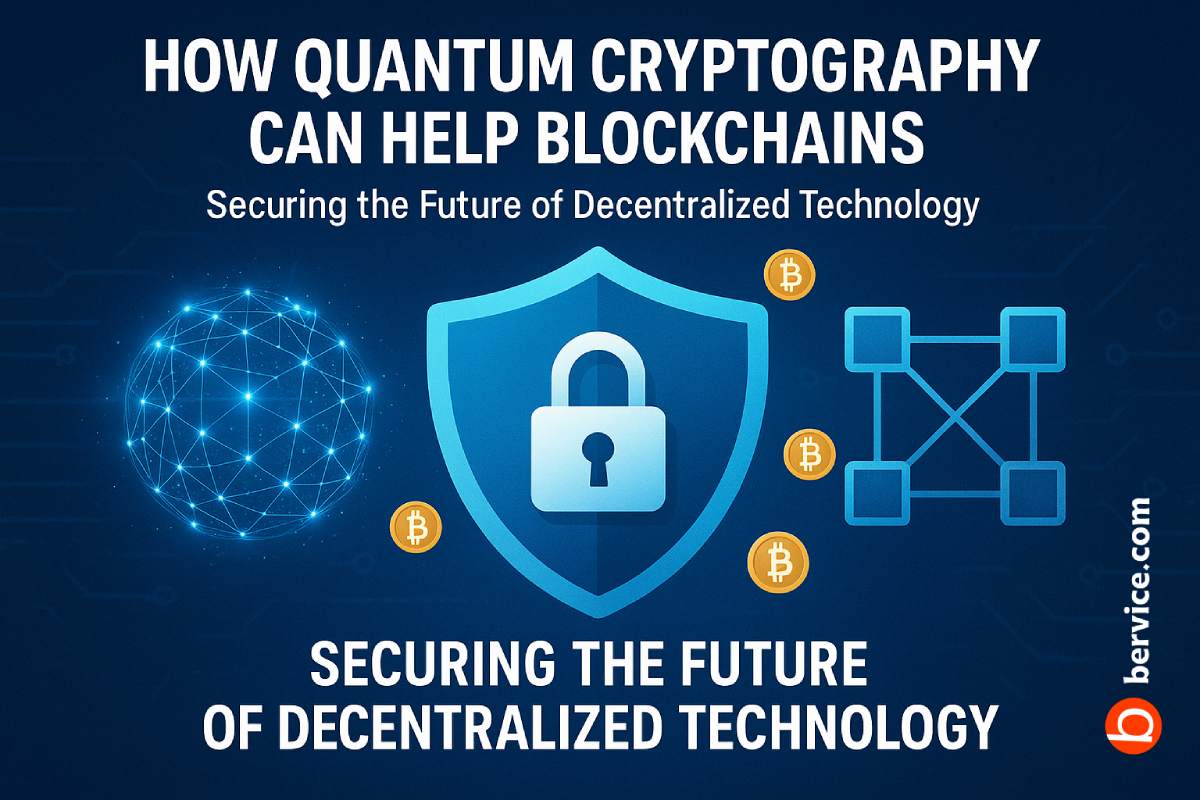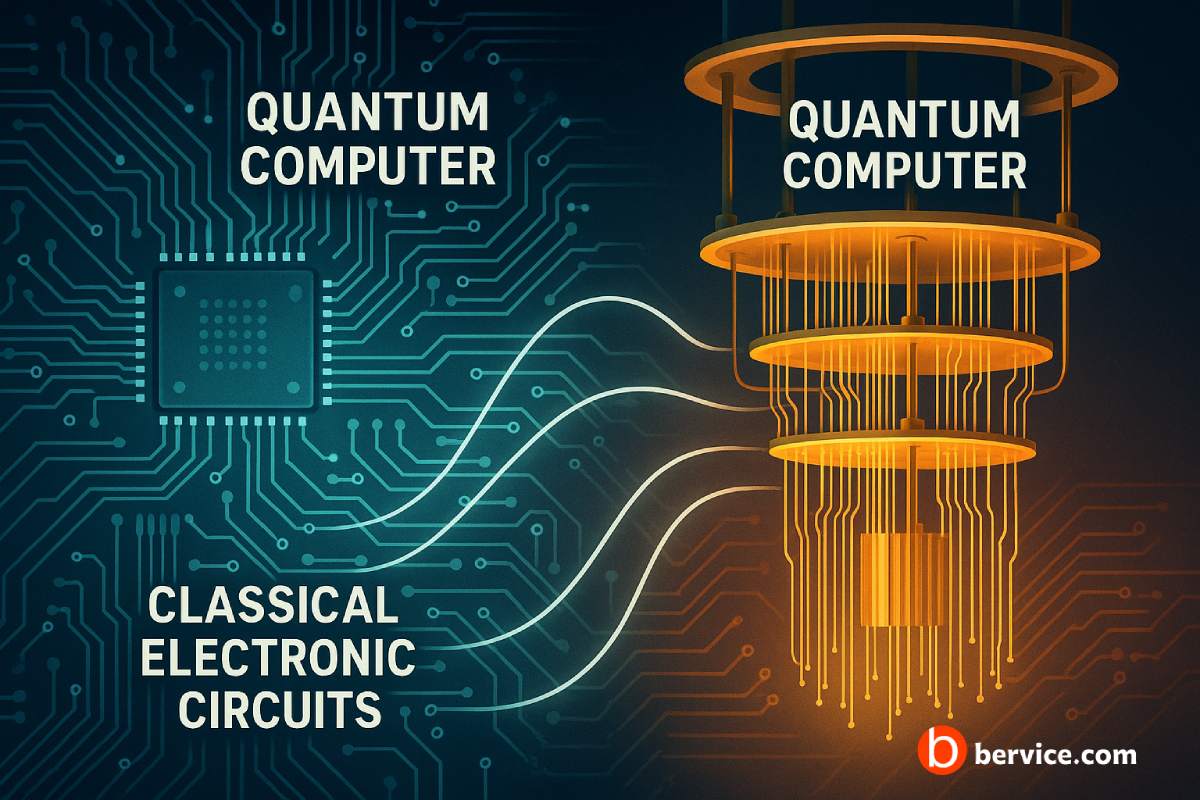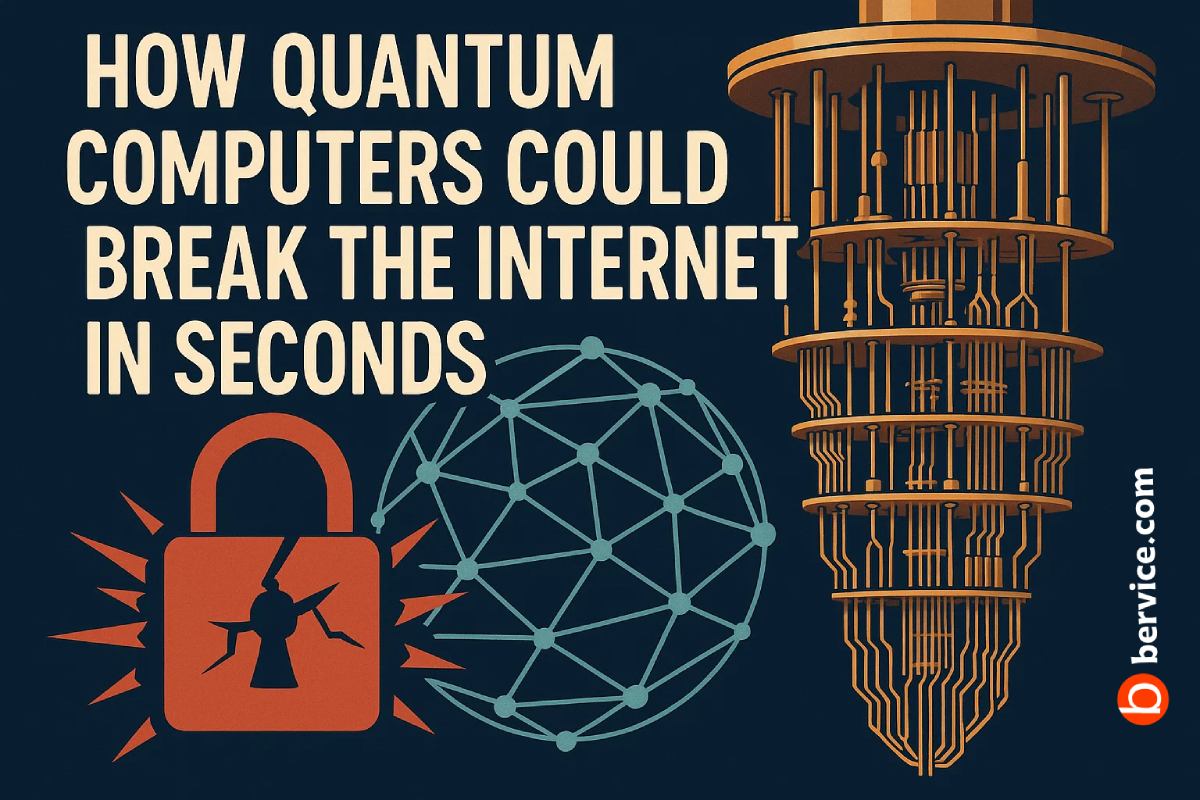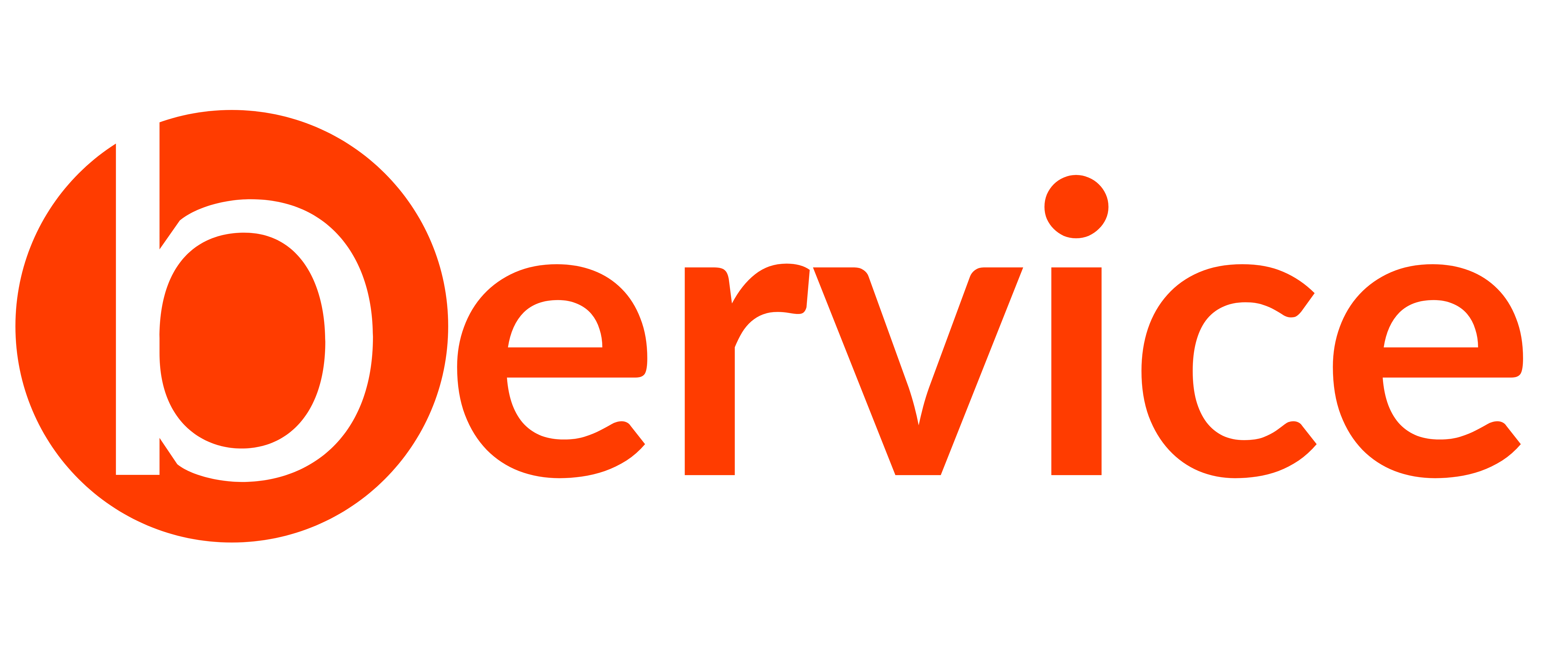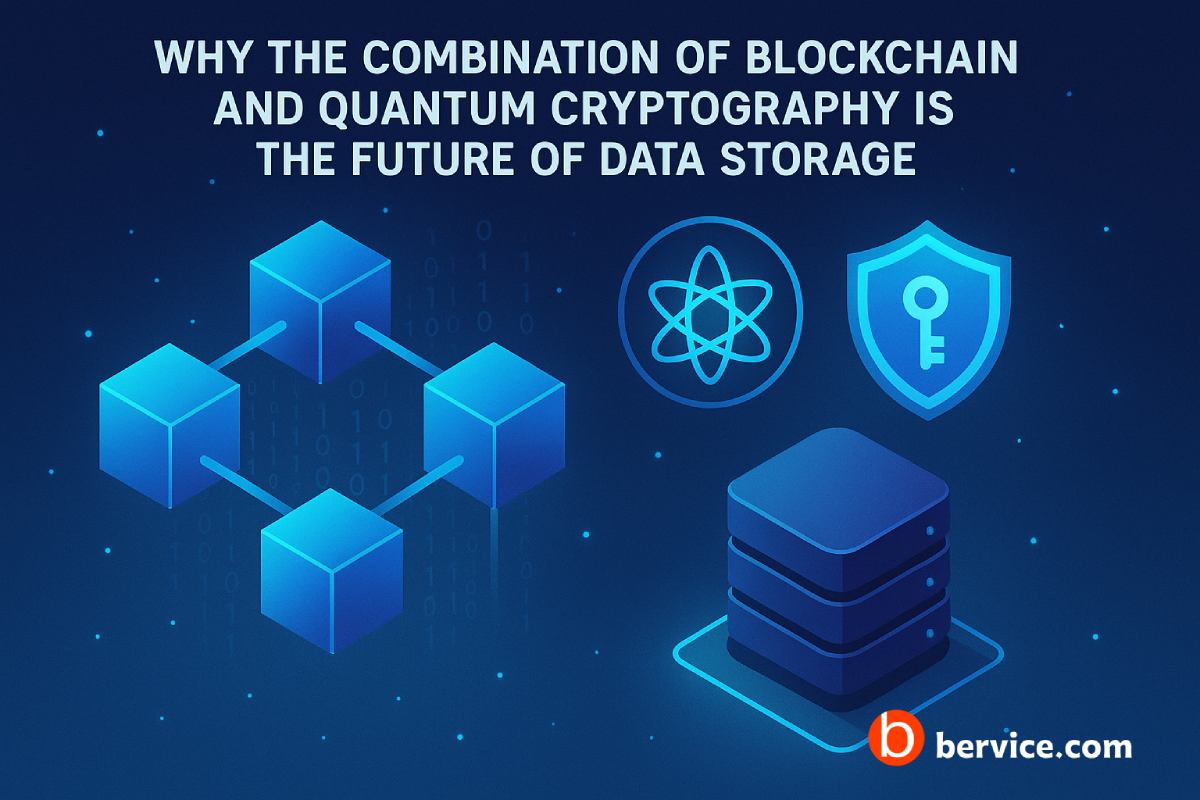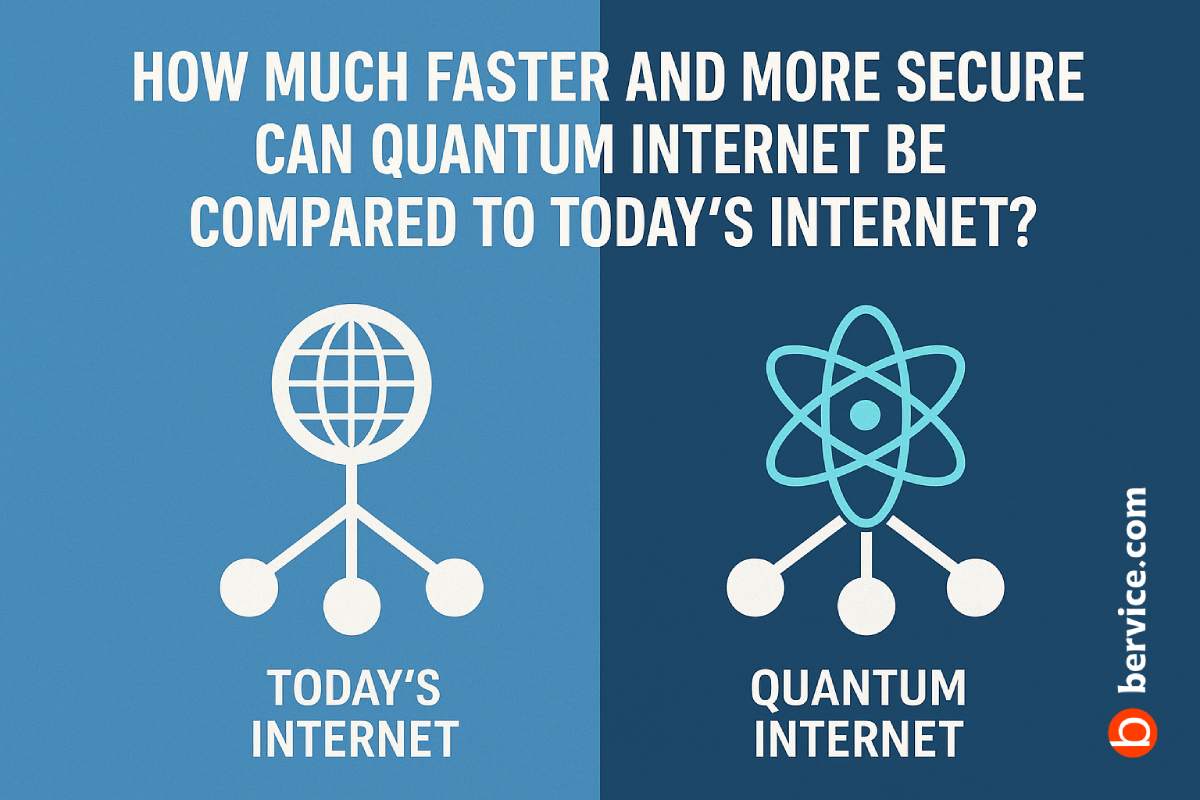
As the world transitions into a new era of computing, the quantum internet emerges as a groundbreaking development with the potential to redefine digital communication. Unlike the classical internet, which relies on bits to transfer information, the quantum internet leverages the principles of quantum mechanics—particularly entanglement and superposition—to enable ultra-secure and ultra-fast data transmission. But how much faster and more secure can it be? This article explores the science, implications, and transformative potential of the quantum internet.
1. The Limits of Classical Internet
Today’s internet is built on a network of fiber-optic cables, wireless connections, and digital protocols that use classical bits—either 0 or 1—to represent data. While modern networks can deliver gigabit or even terabit speeds, they are fundamentally constrained by:
- Signal degradation over distance
- Latency due to routing and processing delays
- Security risks from data interception and decryption
- Reliance on mathematical encryption vulnerable to future quantum attacks
Despite advances like 5G, satellite internet, and optical backbones, the classical internet cannot overcome the physical limitations of classical information theory.
2. Enter Quantum Mechanics: The Foundation of Quantum Internet
The quantum internet uses qubits instead of bits. These qubits can exist in multiple states simultaneously (superposition) and become entangled—a phenomenon where two particles share a quantum state regardless of distance.
Two core principles enable the quantum internet:
- Quantum Entanglement: Allows instant correlation between distant nodes, laying the foundation for faster-than-light coordination (though not faster-than-light data transfer).
- Quantum No-Cloning Theorem: Prevents duplication of quantum data, making eavesdropping detectable and effectively useless.
This fundamental shift offers both a speed advantage in coordination tasks and an unmatched level of security.
3. Security: Virtually Unhackable Communication
Perhaps the most immediate advantage of the quantum internet is its unprecedented security. Technologies like Quantum Key Distribution (QKD) use entangled photons to share encryption keys. Any attempt to intercept the key disturbs the system and is immediately detectable.
Benefits include:
- 🔐 Tamper-Proof Encryption: Interception alters the quantum state, alerting users.
- 👤 Identity-Proof Authentication: Quantum certificates could prove identity with zero possibility of forgery.
- 🧠 Post-Quantum Security: Immune to decryption by even the most powerful quantum computers.
Compared to current cryptography, which may become obsolete in the face of quantum computing, quantum communication is provably secure by the laws of physics.
4. Speed: Not Just Bandwidth, But Latency and Coordination
Although the quantum internet may not transfer data faster in the conventional sense (light speed is still the limit), it offers significant speed advantages in:
- ⚛️ Entangled Network Coordination: Quantum entanglement enables instantaneous state updates, reducing latency in distributed systems.
- 🌐 Parallelism via Superposition: Quantum protocols can probe multiple possibilities simultaneously, accelerating routing and decision-making.
- 🧠 Quantum-Assisted AI Models: Faster decision-making across quantum-enhanced cloud systems.
In specialized use-cases like distributed quantum computing, secure voting, or financial arbitrage, this leads to practical speedups of up to 100–1000x in coordination latency.
5. Real-World Progress and Limits
Several prototypes of the quantum internet already exist:
- 🇨🇳 China’s Quantum Satellite Micius: Achieved QKD between ground stations over 1,000 km apart.
- 🇺🇸 U.S. DOE’s Quantum Networks: Launched testbeds in Chicago and New York.
- 🇳🇱 Quantum Internet Alliance (EU): Developing entanglement-based networks in Europe.
However, challenges remain:
- 🧪 Qubit Decoherence: Quantum states are fragile and require cryogenic environments.
- 📏 Distance Limitations: Entanglement breaks down over long distances without quantum repeaters (still under development).
- 🛠️ Scalability: Quantum devices are still in their infancy and expensive.
6. Use Cases Beyond the Classical Web
The quantum internet is not just a faster or safer version of the current web. It enables entirely new paradigms, such as:
- 🤝 Secure Multi-Party Computation: Run joint algorithms without sharing private data.
- 🧬 Quantum Sensor Networks: Synchronize telescopes or medical imaging devices with quantum accuracy.
- 🏛️ Digital Sovereignty: National-level secure communication beyond espionage.
These capabilities could revolutionize finance, defense, medicine, and even diplomacy.
7. So, How Much Better Is It Really?
| Feature | Classical Internet | Quantum Internet |
|---|---|---|
| Data Transfer Units | Bits (0 or 1) | Qubits (superposition states) |
| Encryption Security | Mathematical (e.g., RSA) | Physics-based (QKD) |
| Eavesdropping Detection | No | Yes (provable) |
| Coordination Latency | Milliseconds | Microseconds (in theory) |
| Vulnerable to Quantum Hacking | Yes | No |
| Current Speed Limits | Fiber-optic speed (~light) | Same for data, lower latency |
| Mass Adoption Timeline | Already global | 10–20 years (estimated) |
While the raw data speed may remain comparable, security and synchronization on the quantum internet could outpace classical systems by orders of magnitude in specific domains.
Conclusion
The quantum internet holds the promise of a new internet paradigm—one where communication is not only more secure but also more efficient in ways classical networks can’t replicate. Though still in its infancy, this technology is progressing fast and may underpin the future of everything from finance and defense to AI and blockchain.
In essence, it’s not just about making the current internet faster and safer—it’s about redefining what the internet can be.
Connect with us : https://linktr.ee/bervice
